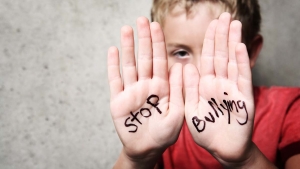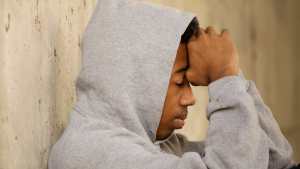We have compiled top tips in conjuction with SAFE network, here are 10 golden rules to help you keep your child safe while they develop their independence:
- Name, address, number: as soon as children are able to understand, teach them their full name, address and telephone number. Practice these with them until you’re sure they can remember
- Keep in sight: in most situations, children under about eight years old shouldn’t be out alone, especially in busy towns. Even when out playing, they need to be kept in sight of an adult or a trustworthy older child
- Never leave alone: don’t leave young children in unsupervised play areas in shops or parks, or in a car or outside a shop, even for a few minutes
- Hold on: when you’re in a crowded place, hold hands or keep children in a buggy, or use reins. Don’t walk ahead of a toddler – it only takes a moment for them to wander off
- Start young: you can begin teaching children about safety when they’re as young as two or three. Tell them clearly they mustn’t go off with anyone, not even someone they know, without first asking you or the adult looking after them. With older children, make sure they remember to tell you who they are going out with, where they are going and when they’ll be back
- Practice: teach older children safe ways of crossing roads, going shopping and asking adults for directions. Let them practice with you until you are sure that they’ve understood. Always remember the limits of their age and maturity. Teaching them about safety needn’t mean being overprotective – let them gradually take more responsibility as their awareness develops
- Safe place: in busy public places, arrange somewhere safe to met in case you get separated, like an information desk. Make sure children know what to do if they ever get lost, and explain who is safest to ask for help – a police officer, shop assistant or someone with a young child
- Feel good: build your child’s self-esteem with lots of love, praise and attention. Bullies may tend to pick out less confident children or those who are neglected and often left alone
- Say no: let children know that they never have to do anything they don’t like with an adult or older child, even if it’s someone they know
- Listen: when your child is trying to tell you about things that worry them without interrupting so they can tell you their fears
If your child attends a group such as a sports or social group, you can make sure they are safe by finding out the following:
- What checks have been done on staff? All staff and volunteers should go through a proper recruitment process, including interviews, references and necessary legal checks, such as with the Criminal Records Bureau (CRB)
- Does the group have a child protection policy and code of conduct? All organisations should have a child protection policy and a written code of conduct, outlining good practice when working with children and a clear procedure for dealing with concerns about possible abuse. They should be happy to show you these when you ask
- Is there an anti-bullying policy and can you have a copy? There should be a clear statement on bullying so that everyone is clear what bullying is and that the group takes a zero tolerance approach to it. This policy should be available for parents to see – and take copies of if necessary
- What is done if a child is being bullied? The anti-bullying policy will set out the range of procedures which apply when bullying occurs, ranging from reporting and recording the incident, investigating what has happened, informing parents and the police if necessary
- Who is responsible if there is a problem? It’s good practice for all groups, however small, to identify at lease one person to be responsible for dealing with concerns or worries. Everyone should know who this is and how to contact them
- What is their accident prevention policy? All groups should have a Health and Safety policy outlining the procedure for dealing with incidents and complaints and for taking disciplinary action where necessary. As with bullying, this should be available for parents to see
- What are the arrangements when children go on outings? You should be told of arrangements for all outings – this includes details of the transport there and back, staff-to-child ratios and emergency contact details. If the outings are regular, your consent should be obtained before the first outing, but may not necessarily need to be obtained for every subsequent trip. For one-off outings, your consent should be obtained each time
- Does the group have an internet safety policy? If children are allowed to access the internet, find out what guidelines or filtering software are in place for online safety
- How can you or your child voice concerns? If anything worries you, you must take action. Speak to other parents or to the leader in charge of the activity. If you are unhappy about the way your concern in dealt with and are still worried, contact the NSPCC Helpline on 0808 800 5000, or your local children’s social care department (social work services in Scotland) or the police
- What signs are cause for concern? Groups who don’t encourage parents to stay; activities encouraging rough play; sexual innuendo; humiliating punishments; favouritism; high drop-out rate; lack of communication; invitations to children to spend time alone with staff or volunteers – all these should ring alarm bells with parents
Further resources
It may help to chat to other parents on our forums to find out how they are dealing with this issue within their family life. You can also talk to us online via our live chat service, email us at askus@familylives.org.uk or call us on our helpline on 0808 800 2222 to speak to trained family support worker.












-1.png?t=1730379831)


-1.png?t=1730379831)

